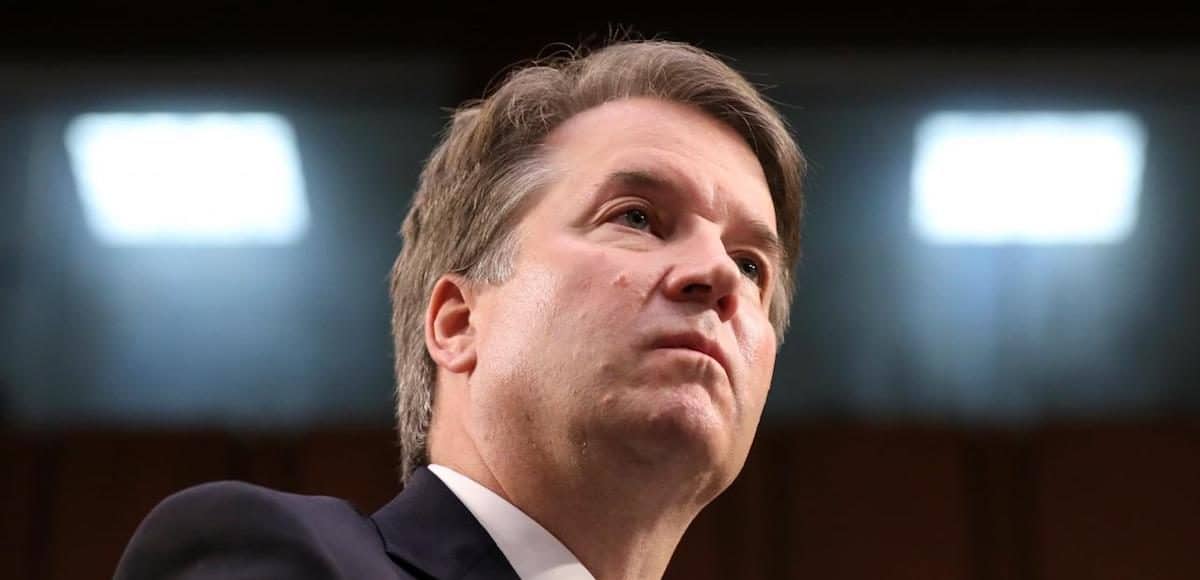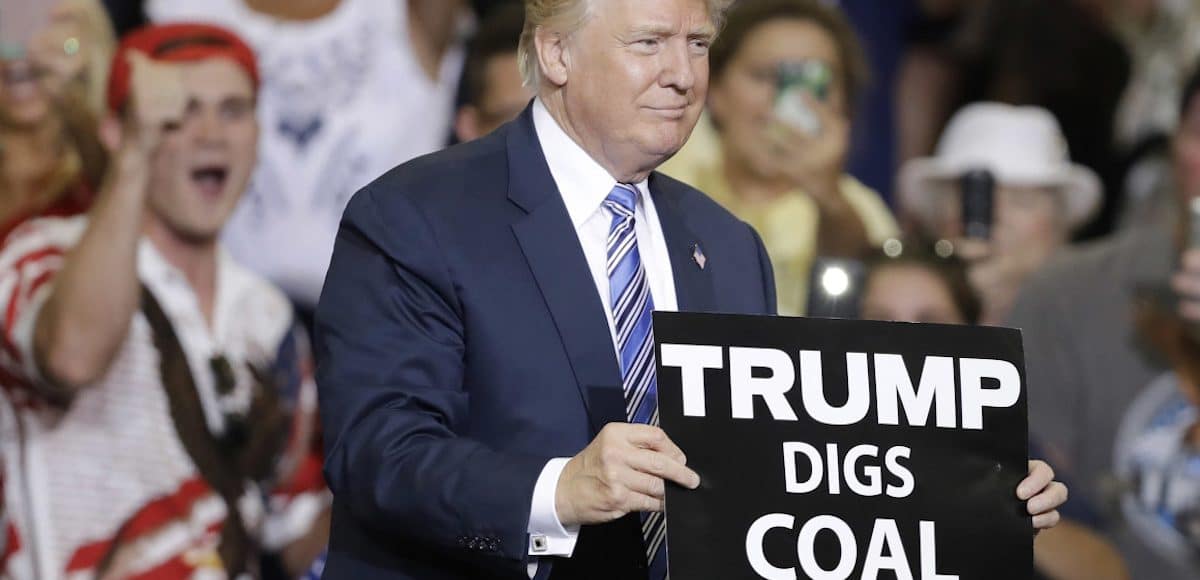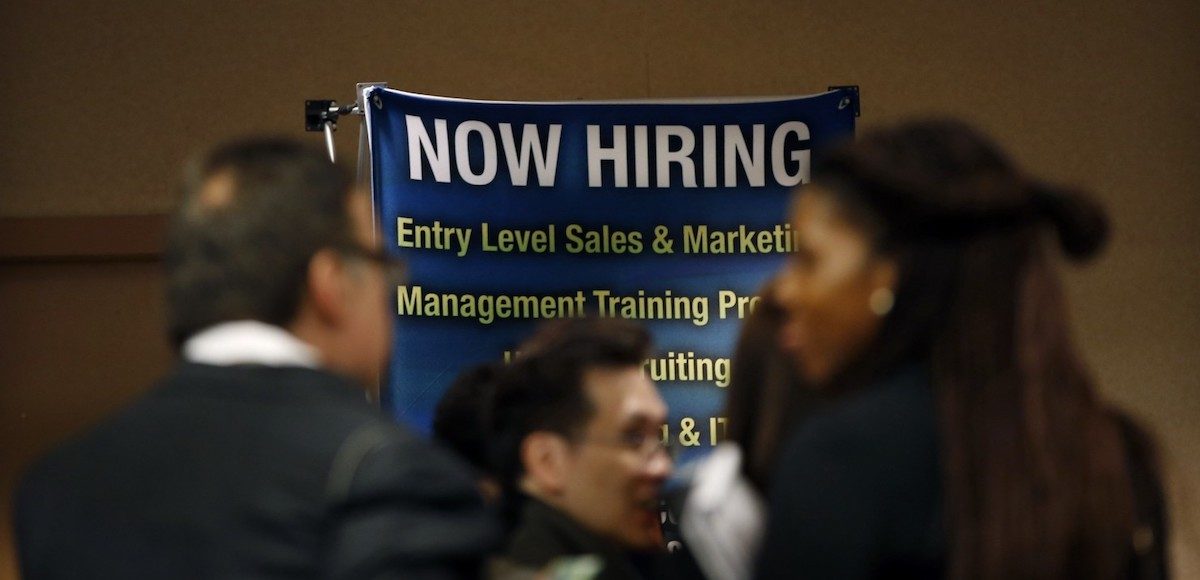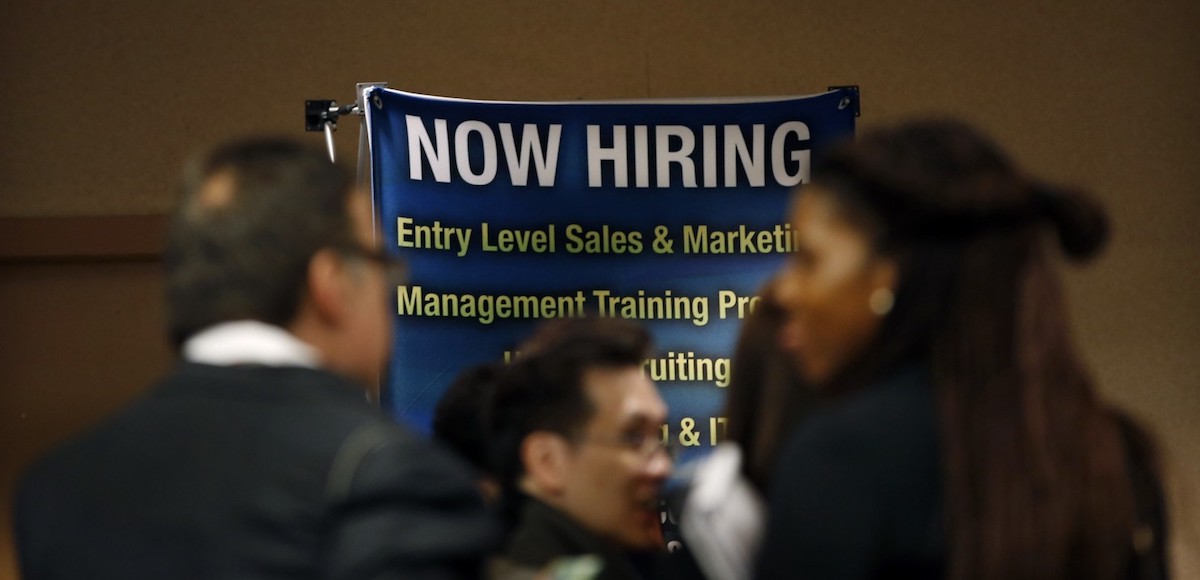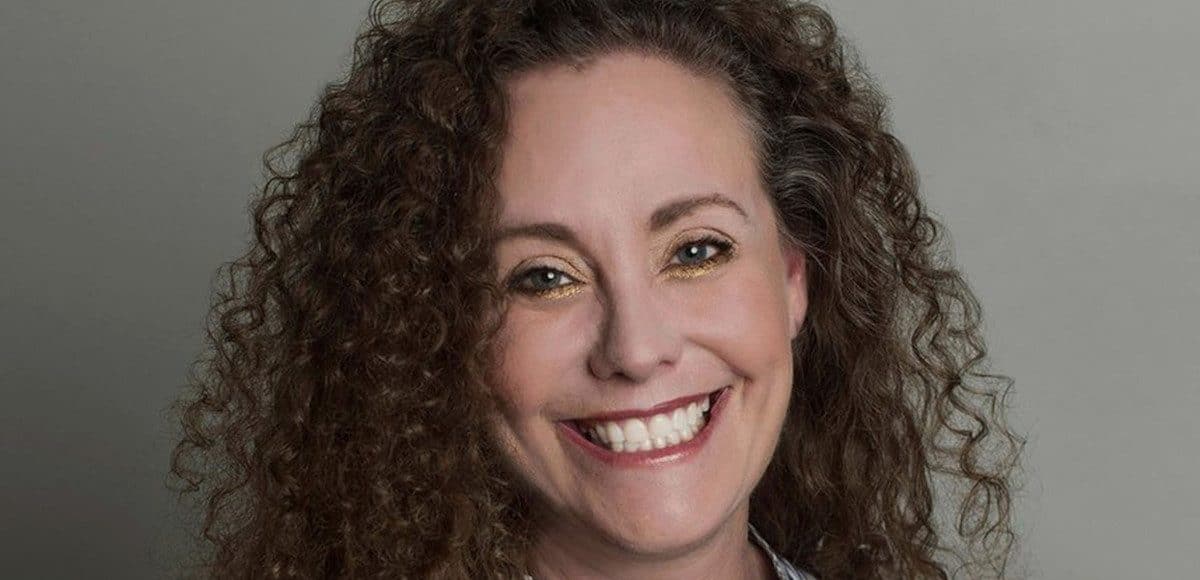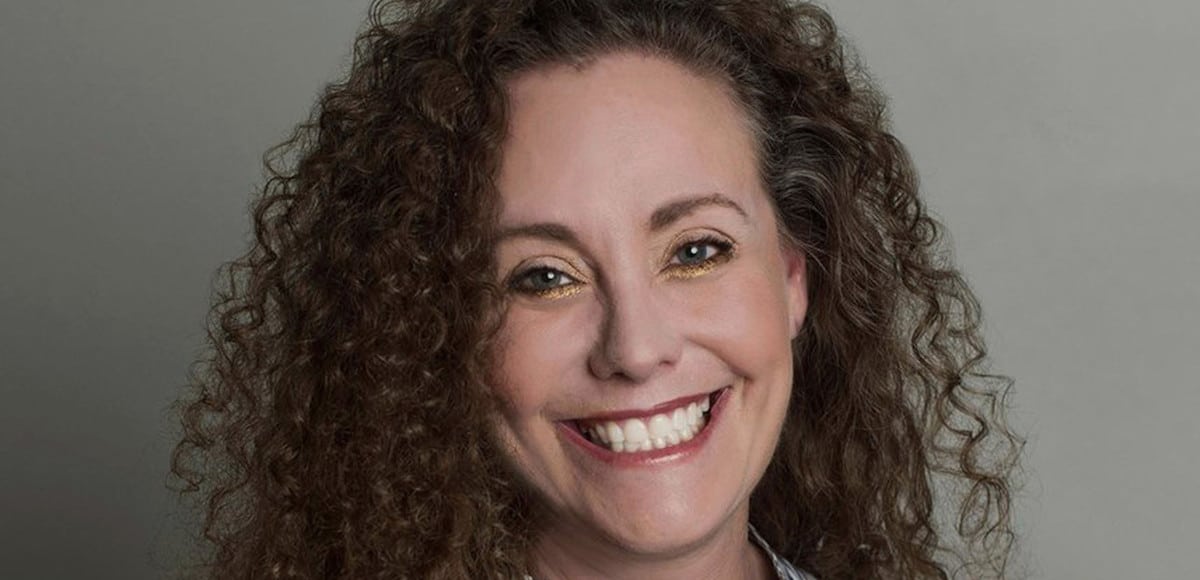McConnell Files Cloture on Kavanaugh Confirmation, FBI Report Didn’t Corroborate Allegation
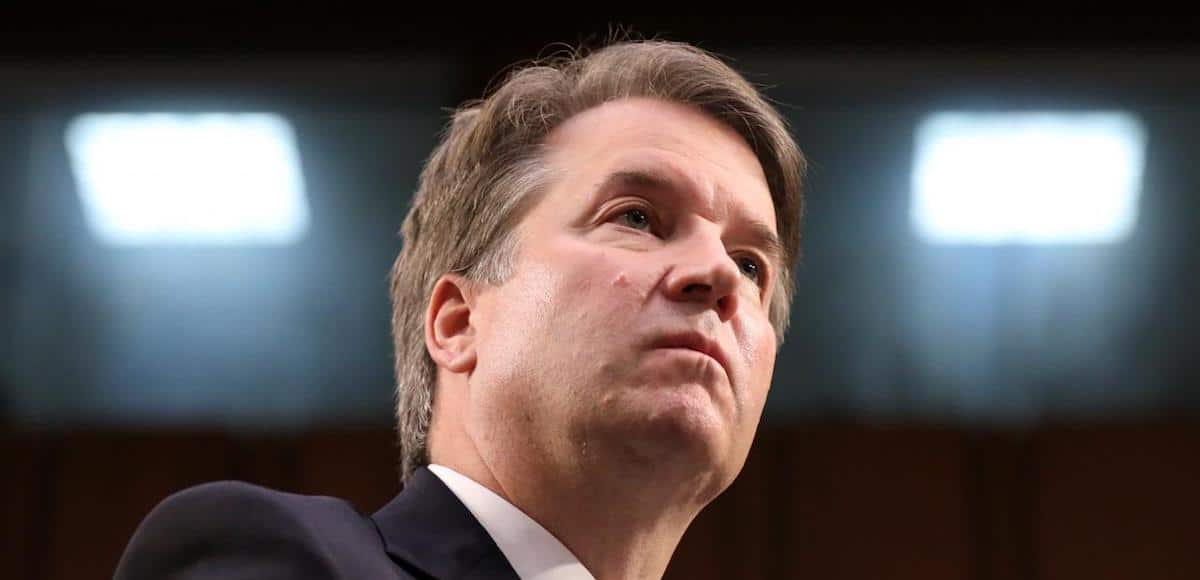
Supreme Court nominee Brett Kavanaugh looks on during his Senate Judiciary Committee confirmation hearing September 4, 2018. (Photo: Reuters)
The Federal Bureau of Investigation (FBI) completed its supplemental background investigation on U.S. Supreme Court nominee Judge Brett Kavanaugh. The White House reviewed the FD-302s, or interview reports filled out by the agent or agents conducting the interviews, and found nothing to corroborate allegations of sexual misconduct.
What is a 302?
FBI form FD-302 is used by agents to “report or summarize the interviews that they conduct.” It has space to list the name or names of the agent, the date of the interview, the name of the interviewee or witness, the location of the interview and so on. It also allows the agent to draft a memo—in paragraph form—of what the witness said. They typically range from one page long to twenty pages long, depending on the length of the interview.
The key part of a 302 is the memo section, a combination of what the agent was able to write down during the interview and their recollection afterward. It either will list the agents’ questions and answers or serve as a simple narrative of what the witness said. Regardless, it largely consists of information taken from the subject, interviewee or witness, rather than details about the subject, themselves.
The FBI was ordered by President Donald Trump last week to look into allegations of sexual misconduct leveled against Judge Kavanaugh. Senator Jeff Flake, R-Ariz., joined Senate Democrats in calling for the investigation after he and his initial accuser, Professor Christine Blasey Ford, testified before the Senate Judiciary last week.
Judge Kavanaugh, 53, serves on the U.S. Court of Appeals for the District of Columbia Circuit. President Trump nominated the “Judge’s Judge” to replace Justice Anthony Kennedy, who announced a few weeks before that he would retire, effective July 31.
The Senate Judiciary Committee began holding hearings for the confirmation on September 4. Despite Democrats’ repeated attempts to obstruct, pay protestors and stage outbursts, they didn’t land a glove on him.
Then, Professor Ford, a liberal activist and Palo Alto University psychology professor, alleged Judge Kavanaugh attempted to rape her at a high-school party in or about 1982, when he was 17 and she was 15. She can’t be certain of the year, how she got to and from the event, and has even given various versions of the story.
There is no contemporaneous evidence. The persons named in her accounts have changed, depending on the various versions told to the Washington Post, her therapist or to lawmakers in the U.S. Senate.
The allegation, which has been disputed by all parties mentioned in her account, including by her own friend, was made in a letter to Senator Dianne Feinstein, D-Calif., the Ranking Member of the Senate Judiciary Committee. She withheld it for 6 weeks and it was only until after the committee held the confirmation hearings that the letter was leaked against Professor Ford’s wishes to remain anonymous.
Raj Shah, the principal deputy press secretary for the White House, said the FBI report is currently “being transmitted to the Senate.” Senate Judiciary Committee Chairman Chuck Grassley, R-Iowa, and Ranking Member Feinstein will be given the first chance to look at the report at 8:00 AM EST.
Sources told Fox News President Trump is “fully confident” Judge Kavanuagh will be confirmed to the U.S. Supreme Court. Senate Majority Leader Mitch McConnell, R-Kty., already filed cloture late Wednesday night to set up a key procedural vote for Friday. A confirmation vote could come as early as Saturday.
Meanwhile, Democratic lawyers representing Professor Ford are withholding therapist notes and polygraph results they claim to have prepared for the FBI. Heather Sawyer and Michael R. Bromwich, who along with partner Debra Katz, are Democratic activist lawyers known for highly-partisan causes. The firm responded to the FBI wrapping up the report.
“An FBI supplemental background investigation that did not include an interview of Dr. Christine Blasey Ford — nor the witnesses who corroborate her testimony — cannot be called an investigation,” the statement read. “We are profoundly disappointed that after the tremendous sacrifice she made in coming forward, those directing the FBI investigation were not interested in seeking the truth.”
It is a common Democratic talking point to phrase the investigation as one that was restricted. While the White House did specify that allegations must be “current and credible,” it did not place restrictions on who the FBI could or could not interview. In truth, none of the accusations made against Judge Kavanaugh are credible allegations by legal standards.
A growing number of legal experts cite concern for Professor Ford regarding her representation, who appear more concerned about how the politics of the confirmation will impact Democrats than they do about their client. Given what we know now to be her penchant for inconsistencies and ever-changing key details, she risks serious legal jeopardy speaking with the FBI.
Any inconsistency, no matter how small, can be used to charge someone with a process crime, or knowingly making false statements to a federal agent. Over the last few days, with the FBI conducting their investigation, Judge Kavanaugh’s accusers have received greater media scrutiny, and it’s casting even more doubt on their credibility.
The Senate Judiciary Committee received a signed statement from a man claiming to be Professor Ford’s ex-boyfriend. He said he “found her truthful and maintain no animus” during their relationship from 1992-1998, but that he “witnessed Dr. Ford help McLean prepare for a potential polygraph exam.”
“During that time, it was my understanding that [Ford’s roommate, Monica] McLean was interviewing for jobs with the FBI and US Attorney’s Office,” he claimed under penalty of perjury. “I witnessed Dr. Ford help McLean prepare for a potential polygraph exam.”
Worth noting, a witness generally does not see the 302 or get a chance to correct recollection mistakes before it is finalized.
The FBI completed its investigation into U.S.
